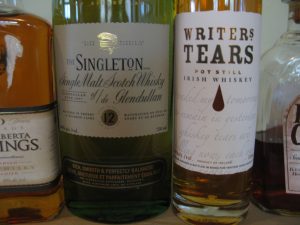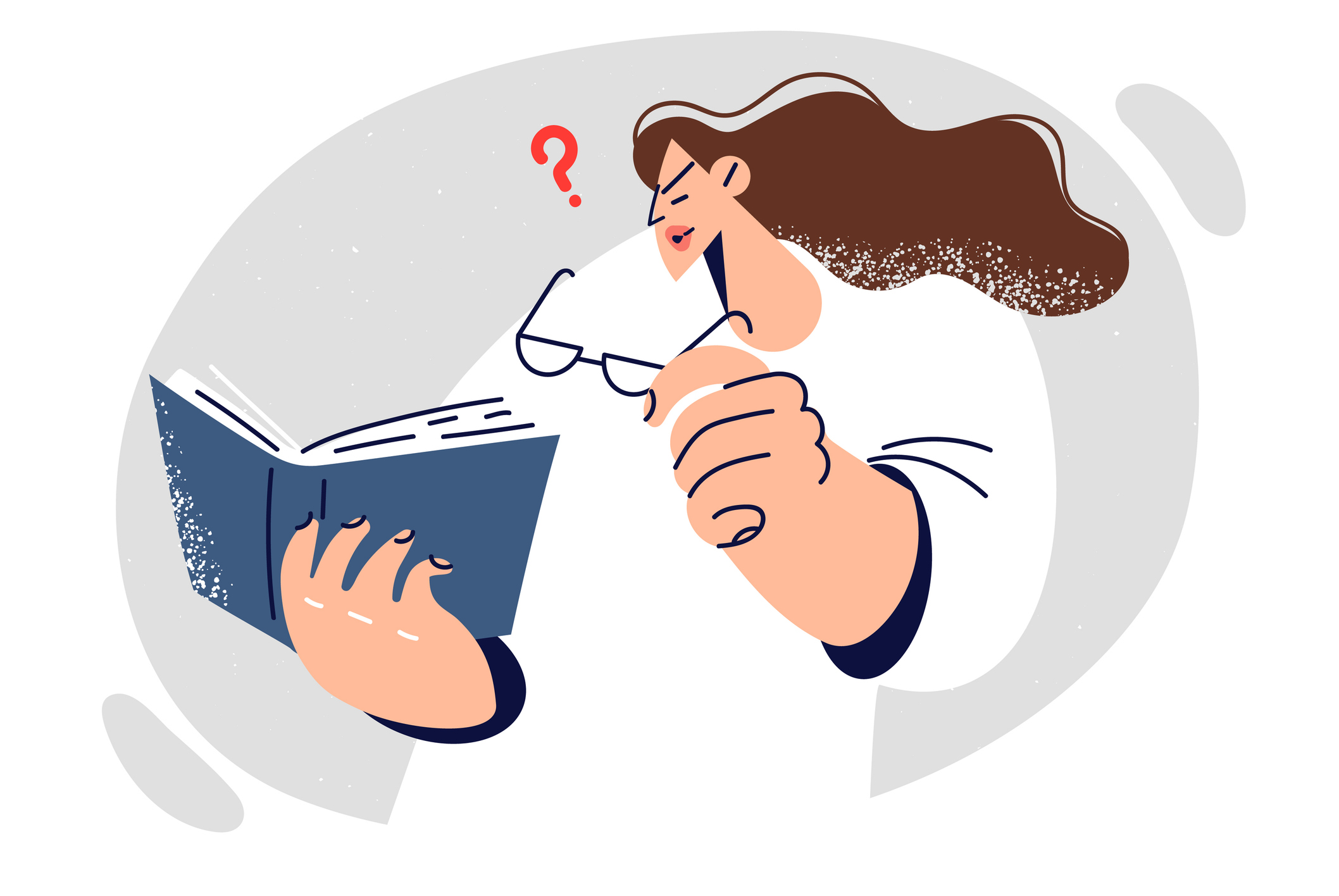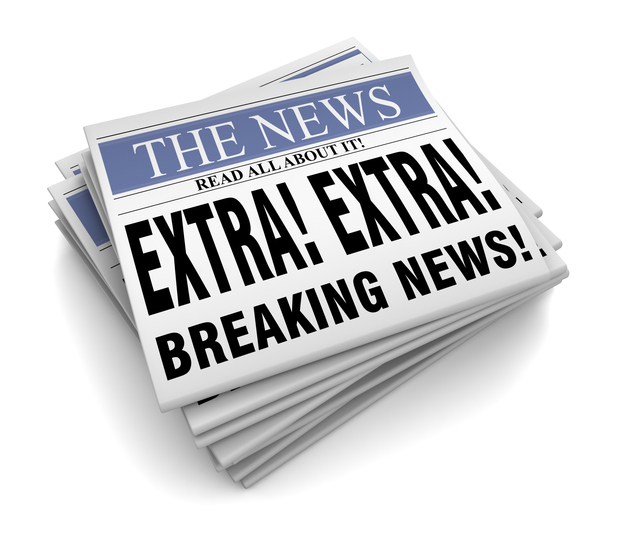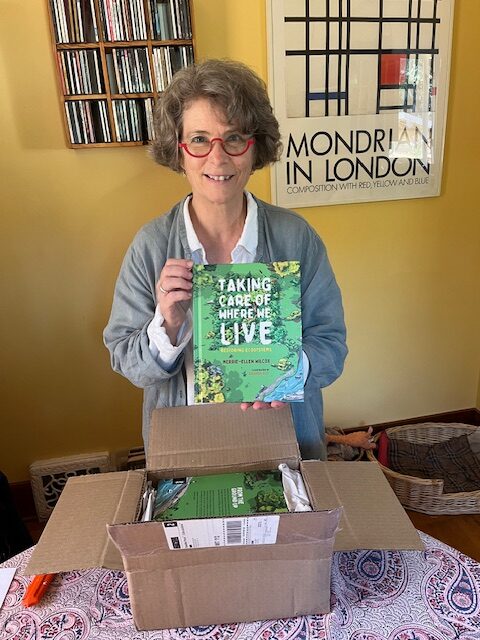Certain words and phrases rise to prominence every year, capturing…
My personal style sheet
 As editors, we regularly make style sheets for our clients, documenting the decisions we’ve made about spelling, capitalization, and so on that aren’t covered in the larger style guide we’ve been directed to use. Sometimes clients actually ask us to develop their style guide, the meatier document covering things like comma usage (serial or not), numbers (spelled out or not), and ellipses (three dots or four), and identifying the dictionaries and style manuals to refer to for additional details.
As editors, we regularly make style sheets for our clients, documenting the decisions we’ve made about spelling, capitalization, and so on that aren’t covered in the larger style guide we’ve been directed to use. Sometimes clients actually ask us to develop their style guide, the meatier document covering things like comma usage (serial or not), numbers (spelled out or not), and ellipses (three dots or four), and identifying the dictionaries and style manuals to refer to for additional details.
Recently, after having to check, yet again, which countries use the e in whiskey,* and realizing that I’m probably too old a dog to ever remember—or even to figure out a clever mnemonic trick—I started a list of problem words to always have at my fingertips. This has evolved into a useful tool: my personal style sheet.
The next words I added to the list were also pairs, with meanings altered significantly by a pesky letter or two. For example, immigrate and emigrate, imminent and immanent, nauseous and nauseated.
You might think that anyone who calls herself an editor should know the difference between these words as well as she does between there and their, affect and effect, and ensure and insure. But with the number of stylistic details we are required to know and the number of decisions we make in a long day of editing, not to mention having to be knowledgeable about a variety of subjects, there are bound to be a few things that just don’t stick. It could also be a numbers game: after correcting one of these terms a certain number of times, you no longer need to second-guess yourself. But if you do, say, mostly government or corporate work, how often are you going to encounter whisky or nauseous?
Shortly after starting my collection of problem words, I had another aha! moment. Correcting for the millionth time a hyphenated compound formed by an adverb ending in ly and an adjective or participle (e.g., badly-written), I realized I could include in my personal style sheet the explanation for this correction. Then I could include it in a project style sheet or explain it directly to an author without having to compose it every time: “Do not hyphenate a compound formed by an adverb ending in ly and an adjective or participle, either before or after the noun (Chicago 7.82).” I quickly added more pairs to the list, including that and which, awhile and a while, compare to and compare with, but also commonly misused terms like due to and comprise.
The source for many of the entries in my growing personal style sheet is Bryan A. Garner—both Garner’s Modern American Usage (3rd ed.) and chapter 5 of the Chicago Manual of Style (16th ed.), “Grammar and Usage” (especially 5.220, “Glossary of Problematic Words and Phrases,” or in the online edition, “Good usage versus common usage”). I have hard copies of both, of course, but they are also available online by subscription, which is wonderfully convenient. A third source will no doubt be Garner’s forthcoming book, The Chicago Guide to Grammar, Usage, and Punctuation (May 2016). (Note: Oxford University Press released the 4th edition of Garner’s classic usage guide in March 2016 with a new title: Garner’s Modern English Usage.)
I recently proofread a novel in which the author or copy editor had an aversion to using that after certain verbs (an increasingly common aversion), and I found myself stumbling over and over as I read. Unable to clearly articulate why this was a problem, I turned to Garner. Here’s what he says in Garner’s Modern American Usage (p. 808):
Wrongly suppressed that. As a relative pronoun or conjunction, that can be suppressed in any number of constructions (e.g., The dog you gave me rather than The dog that you gave me). But in formal writing that is often ill-advisedly omitted. In particular, the conjunction that should usually be retained to introduce clauses following verbs such as acknowledge, ask, believe, claim, doubt, and said, because without the conjunction what follows might be taken to be a noun complement. Dropping that after the verb can create a miscue, even if only momentarily.
“Wrongly suppressed that” has now been added to my personal style sheet so it can be quoted or paraphrased when needed. Thank you, Mr. Garner.
Do you have a personal style sheet? And if so, what have you included in it?
*Scots, Canadians, Australians, and Japanese spell it whisky. The Irish and Americans spell it whiskey.
Comments (2)
Comments are closed.




hey, Merrie-Ellen,
I’ve looked up “whisky” too many times, too! Here’s my tip to add: “comprise” is pretty much always wrong (except, perhaps, when Mr. Garner drops one in). I wrote a blog on similar themes a while ago, maybe you’ll enjoy it (http://tilmanlewis.com/2015/01/04/how-do-you-spell-mnemonic/).
Hi Tilman,
Just back from the American Copy Editors Society conference in Portland, OR. Reading your lovely blog post just now reminded me of one of the sessions, which included a number of “rapid-fire editing presentations” (20 slides at 20 seconds each); one of them, by Mark Allen, was on spelling mnemonics. It was so fast that I didn’t have time to write anything down, but I recall that one of the slides was a cartoon showing a “stationary vehicle” with the vehicle made of “stationery”–various pads of paper, paper clips, pencils, pens, and so on.
Anyway, I hope we can compare whisky/whiskey notes sometime soon!
Merrie-Ellen